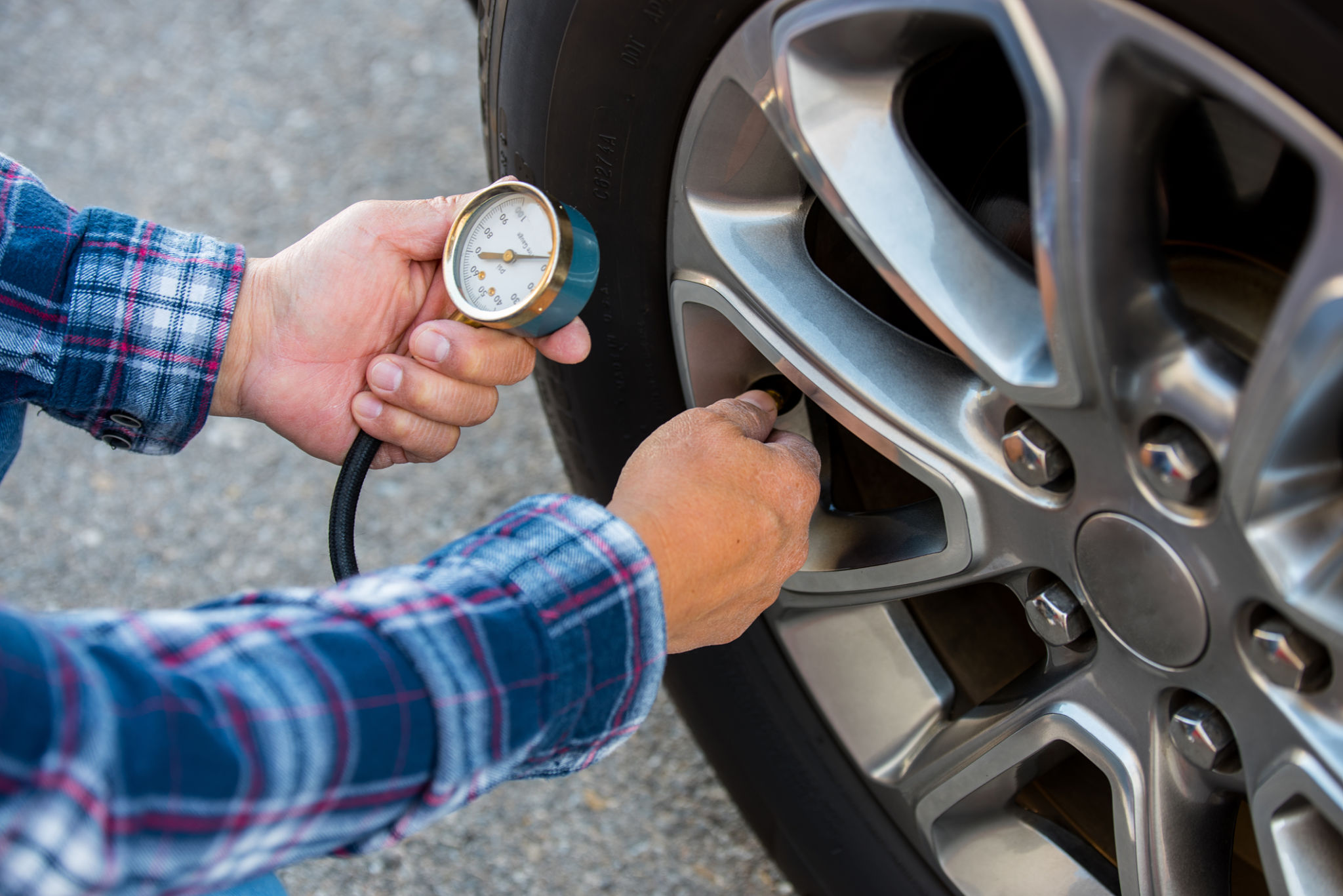Seasonal Tire Maintenance Tips for Harsh Middle Eastern Climates
Understanding the Impact of Middle Eastern Climates on Tires
In the Middle East, the climate can be extremely harsh, with high temperatures and dry conditions dominating most of the year. These environmental factors can significantly impact tire performance and lifespan. Therefore, understanding how these conditions affect your tires is crucial for maintaining safety and efficiency on the road.
The intense heat can lead to the expansion of air inside the tires, increasing pressure and potentially leading to blowouts if not monitored carefully. Additionally, high temperatures can accelerate the wear and tear of tire materials, reducing their durability over time.

Regular Tire Pressure Checks
One of the most critical aspects of tire maintenance in hot climates is regularly checking tire pressure. As temperatures rise, so does the air pressure within your tires. It is essential to maintain the recommended tire pressure to prevent over-inflation, which can cause uneven tread wear and reduce traction.
Here are some tips for maintaining proper tire pressure:
- Check tire pressure at least once a month and before long trips.
- Use a reliable tire pressure gauge for accurate readings.
- Adjust the pressure when necessary, following the manufacturer's guidelines.
Inspecting Tire Tread
The tread on your tires plays a vital role in ensuring proper grip and handling. In harsh climates, it's crucial to inspect your tire tread regularly for signs of wear. Worn-out tread can compromise safety, especially when driving on hot and slippery surfaces.
To assess your tire tread, consider performing the penny test or using a tread depth gauge. Replace tires that show significant wear or have tread depth below the recommended level to maintain optimal performance.

Rotation and Alignment
Tire rotation is essential for even wear and extending the lifespan of your tires. Due to the demanding driving conditions in the Middle East, it's advisable to rotate your tires every 5,000 to 8,000 kilometers. This practice ensures that all tires wear evenly, promoting better handling and fuel efficiency.
Additionally, ensure that your vehicle's wheels are properly aligned. Misalignment can cause uneven tire wear and affect vehicle handling. Regular alignment checks are important, especially if you frequently drive on uneven or rough roads.
Choosing the Right Tires
Selecting the appropriate tires for your vehicle is crucial in extreme climates. Consider tires specifically designed for high temperatures and dry conditions. These tires typically have special compounds that resist heat and provide better traction on hot surfaces.
Consult with a tire professional to choose the best tires for your specific needs. They can recommend options that suit both your driving habits and the challenging Middle Eastern climate.

Protecting Tires from Sun Damage
The relentless sun in the Middle East can also contribute to tire deterioration. Ultraviolet (UV) rays can weaken tire rubber over time, leading to cracks and other damage. To protect your tires from sun damage, try parking in shaded areas or using a car cover when possible.
Applying a UV protectant can also help shield your tires from harmful rays. These products create a barrier that reduces UV exposure and prolongs tire life.
Conclusion
Maintaining your tires in the harsh Middle Eastern climate requires diligence and regular attention. By performing routine checks, choosing appropriate tires, and protecting them from environmental factors, you can enhance safety and extend your tires' lifespan. Implementing these seasonal tire maintenance tips will ensure that you're well-prepared for any journey across this challenging region.
